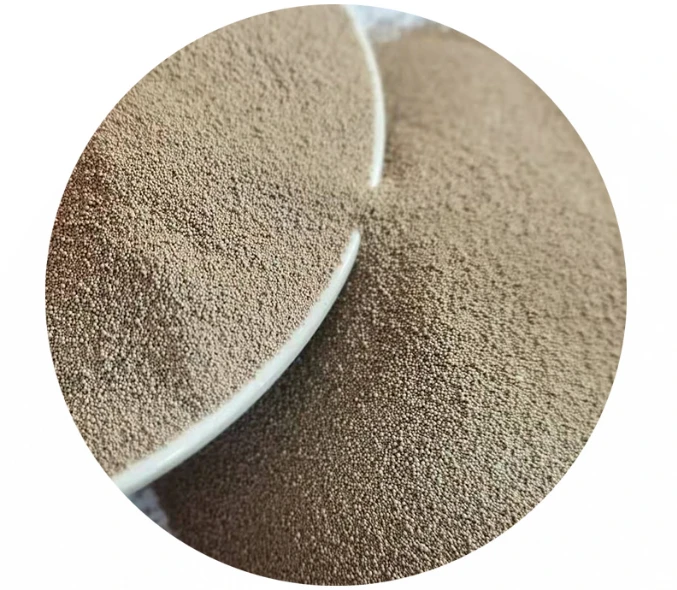

Edge and Detail Attention Pay extra attention to edges and intricate details, which can be more challenging to sand. For these areas, using a smaller diamond pad or folding sandpaper to reach tight spaces is effective. Be cautious with pressure here, as it's easy to sand too much and alter the shape or details of the piece. Progression of Grits As you achieve a uniform surface with your initial grit, move on to finer grits. This step is crucial for enhancing the piece's aesthetic quality. Progressively using finer grit sandpapers or pads will refine the surface finish, providing a silky, polished look. Finishing Touches Once the desired smoothness is achieved, thoroughly clean the ceramic to remove all sanding residue. A mild detergent with water can help wipe away any remaining dust. If a glossy finish is preferred, consider applying a glaze or ceramic polish. This will not only make the piece shine but also add an extra layer of protection. Trusting the Process Sanding ceramic is as much an art as it is a science. It requires practice to perfect the technique and develop an intuitive understanding of the material. Trust in the process and your growing skillset. Each piece sanded is a testament to the craftsmanship and precision dedication brings. In summary, sanding ceramic involves more than just grinding down a surface. It’s about understanding the materials, employing the right tools and techniques, and patiently working to reveal the beauty beneath. Incorporating expertise and authoritative advice from seasoned artisans can elevate your approach, ensuring each finished piece is a unique, polished work of art. Post time:ஜன . 26, 2025 04:17
Next:sand ceramic fire brick
